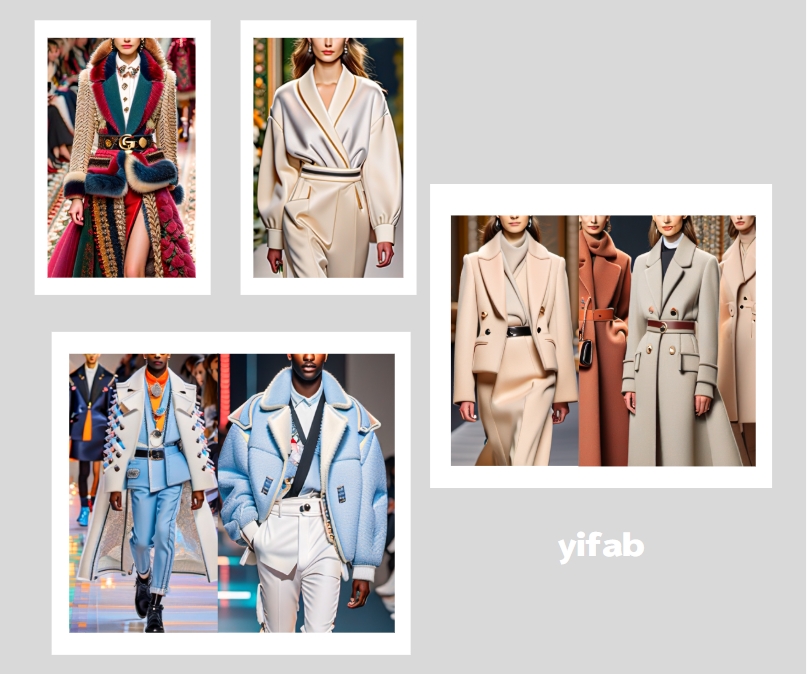Fabric Trends from Influential Fashion Designers: Who to Watch
Blog post description.
1/17/20252 min read


Fabric Trends from Influential Fashion Designers: Who to Watch
The world of fashion is constantly evolving, and much of this change is driven by influential designers who are known for their innovative fabric choices. These designers are not just creating beautiful garments; they’re shaping the future of textile design. Let’s take a look at a few of the most notable names who are pushing the boundaries of fabric trends.
1. Stella McCartney
As a pioneer of sustainable fashion, Stella McCartney has long been at the forefront of fabric innovation. Known for her use of eco-friendly textiles like organic cotton, hemp, and recycled fibers, McCartney’s collections are a testament to how high fashion can be both luxurious and environmentally responsible. Her continued efforts to introduce plant-based and cruelty-free fabrics have set trends that many designers are now following.
2. Alessandro Michele (Gucci)
Gucci’s Alessandro Michele has revolutionized the luxury fashion scene with his bold fabric choices. Known for mixing contrasting textures like velvet, silk, and tweed with unexpected materials such as faux fur and sequins, Michele’s use of fabric creates a distinctive, eclectic aesthetic. His ability to blend traditional and contemporary fabrics is one of the reasons Gucci remains at the cutting edge of fashion.
3. Virgil Abloh (Off-White)
The late Virgil Abloh was renowned for his innovative approach to fashion and textile use. As the founder of Off-White, Abloh blurred the lines between streetwear and high fashion, utilizing industrial materials and unexpected fabric combinations. His signature use of bold graphics and utilitarian fabrics—like mesh, denim, and technical textiles—continues to influence the fashion landscape.
4. Phoebe Philo (Celine)
Phoebe Philo’s tenure at Celine was marked by her use of minimalist yet luxurious fabrics. Known for her refined approach, Philo often relied on high-quality materials such as cashmere, wool, and silk to create timeless pieces with lasting appeal. Her fabric choices were always subtle yet impactful, embodying sophistication and simplicity.
Conclusion
These designers are just a few of the many creative minds shaping the future of fabrics in fashion. By exploring innovative textiles and new ways to use them, they’re not only setting trends but also influencing the direction of sustainable, high-performance fabrics in the industry.
